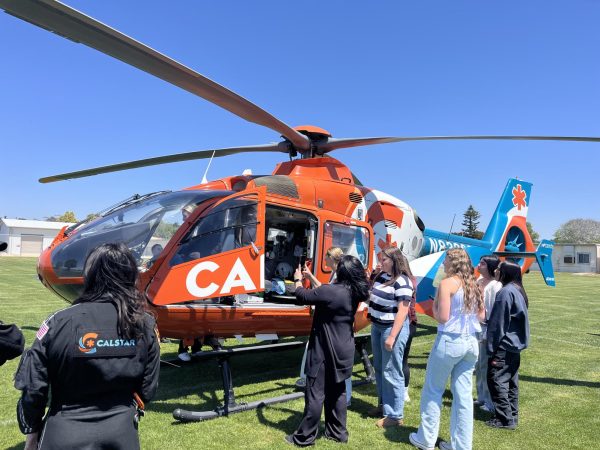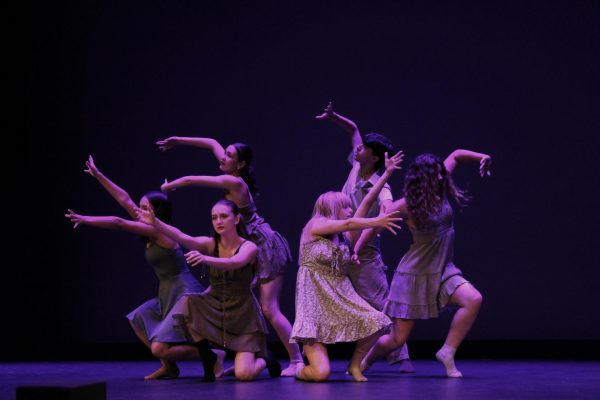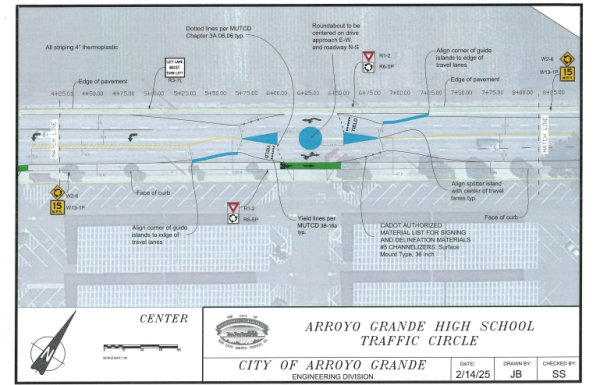I Pledge Allegiance
Students stand or sit to either recite or resist.

Soldiers saluting the Flag
“I pledge allegiance to the Flag of the United States of America, and to the Republic for which it stands, one Nation under God, indivisible, with liberty and justice for all.”
There are many different viewpoints and interpretations regarding the Pledge of Allegiance. Recently, our school has returned to reciting the pledge which has drawn opportunities for discussion of differing opinions and ideas.
There are different perspectives on whether the values in the Pledge of Allegiance are representative of American values. For example, some feel that certain parts don’t seem to align with the country’s status quo.

“I would say [not all sentiments are accurate for everyone because] first of all, under God, we don’t all believe in the same God, if any at all. Also, I feel like “liberty and justice for all” [could be inaccurate] because some people will never receive justice for the crimes committed against them,” Maya Zvada (‘23) said.
Another student suggests that the pledge represents what our society is supposed to become.
“I feel like the ideas represented in the Pledge of Allegiance, “liberty and justice for all,” are our nation’s principles. I think that trying to get those goals is representative of our society,” Melih Dookie (‘23) said.
Dookie considers the student body’s response a reflection of our country’s political status quo.
“Like everything else that has become divided in our society, there are a fraction of students that take pride in saying the pledge and on another side, a different fraction [who] sit for the pledge,” Dookie said. “I’m happy students have the opportunity to say the pledge again for people who want to.”
Zvada suggests that some students who do stand and recite the Pledge of Allegiance may just be going through the motions.
“I think [the routine of standing for the pledge] makes some people feel uncomfortable, but also I think not really anybody thinks about it that much,” Zvada said. “I haven’t heard more than a couple of people very for or against it…I think for the majority of people it’s not really impactful for them and that most people are ingrained into doing it.”
Dookie makes a point in consideration for those who choose to sit during the pledge.

“I want people who are standing not to see someone sitting with disgust,” Dookie said. “They are doing something that they believe in with the liberties that their country gives them, which is completely American.”
According to Austyn Burbank (‘23), standing for the pledge is especially important and shows recognition and respect for service members and their sacrifices.
“I think that people are impacted by [going back to reciting the pledge]. I’m inspired by it every morning because it reminds us of how blessed we are to be able to live in a free country,” Burbank said. “That’s why it’s so important to stand, to show our respect for the brave men and women who fought to give us that freedom.”

Burbank argues that many people have given and still give up so much including their jobs, families, and lives to support their country, and it’s important to recognize that and thank them by pledging our allegiance to their sacrifice.
“I think people need to understand the value of our flag and our country and understand what people had to do to get our freedom,” Burbank said.
Despite passionate views on both sides of this event, the student consensus seems to be indifferent toward the return of reciting the Pledge of Allegiance.

Dixon Smith is a Senior at AGHS. He enjoys learning Latin languages, crispy breaded chicken, and popping scavs in Tarkov, his most recent game addiction.








